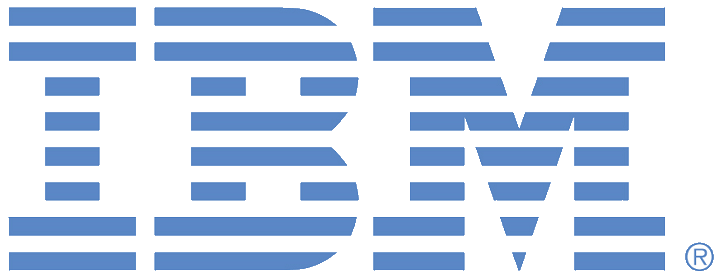
IBM’s ambitious and multifaceted partnership with Salesforce and AWS is driving a range of benefits for customers, including lower data-egress fees and more opportunities for agents to help evolve real-time data analytics from a concept to reality.
This is a direct outgrowth of two parallel and complementary factors: IBM’s commitment to use its deep technological expertise to help customers access the power of all their data, and its relatively recent eagerness to forge broad partnerships with big tech vendors that not so long ago were primarily rivals.
This recent advance that allows customers to lower — sometimes dramatically — their spending on data-egress fees is an outgrowth of the close work IBM has been doing for clients in partnership with Salesforce and AWS. That breakthrough, IBM said, is a direct example of the growing trend away from moving huge data stores into analytics engines, and instead taking the analytics — and the AI — to the data.
To understand this innovation engine more clearly, I had a call recently with three IBMers — Nick Otto, head of global strategic partnerships; Corinne Sklar, VP and managing director of IBM’s Salesforce partnership; and Anson Kokkat, principal product manager.
Ask Cloud Wars AI Agent about this analysis
I’ll share their overview of how the IBM-Salesforce-AWS technologies work together in a moment, but first want to mention some of the business benefits they believe are arising for clients as a result of the three-way collaboration.
1. The move to truly real-time business. “With Salesforce’s Data Cloud, their Zero Copy capability is happening everywhere,” said Otto. “Before that, customers had to do so much work to load new data and do all the assessments that come with that.
“But now, they can simply leave the data where it is and get real-time analysis of that data.”
And with the rise of agents across enterprises, that’s a critical capability, Otto said. “These new agents are making decisions with AI on the data that’s available, so that data has to be current —businessess simply can’t afford to be making decisions based on old data.”
2. Ensuring proper governance with Salesforce Data Cloud. IBM and AWS are helping Salesforce establish optimal governance policies and controls for AI and data and related processes, Sklar said, with IBM’s watsonx AI platform playing a major role. “This is really important today with the growing popularity of agents because those agents are going to be making decisions on behalf of your data so the right governance has to be in place,” Sklar said.
3. Slash compute and storage costs by 50% or more. “IBM’s Iceberg technology helps to create something like an open-source version of your data so other technologies can look at it with your permission,” said Kokkat. With IBM, AWS, and Salesforce working in conjunction, he said, customers are no longer “locked in with proprietary technologies or object storage,” and can “aggregate in one place data that had been stored in multiple places.” As a result, Kokkat said, “storage and compute costs can be reduced by 50% to 60% on proprietary data.”
And because big chunks of data don’t have to be moved for the analytics to be applied to them and for the agents to act upon that data, clients can see significant reductions in egress fees.
4. Model shifting from “pay by volume” to “pay by insight.” “Over time, as this approach grows, I think we’ll see a change in pricing models about data egress and ingress,” Otto said. “I think a lot of providers will have to shift to something like ‘pay by insight’ instead of just having to pay based ont he volume of the model. And that’s going to drive much more value for our clients.”
How the Tech Stuff Works
To share how the IBM-Salesforce-AWS technology works together, I’m going to lean on a description provided by IBM at my request. Here’s an abridged version of what IBM sent to me:
The idea about lowering egress fees from major cloud vendors is being flipped on its head with the introduction of data lakehouse technology. In a data lakehouse like IBM watsonx.data, data is stored in commodity cloud object storage with open data and open data table formats, and high performance open-source query engines to access the data. Apache Iceberg technology within watsonx.data provides a high performance open-source format for massive table analytics without having to move or make copies of the data out of the lakehouse.
We see a lot of customers augmenting their existing data warehouses today with watsonx.data so they can convert or store some of their historical data in Iceberg open table format and preserve all existing queries and workloads. Users can execute transformations, cleanse or enrich data in watsonx.data using a variety of query engines such as Presto or Spark and save money on compute and storage….
Both Salesforce and AWS are leveraging this same open approach for data (i.e. Apache Iceberg, etc.) which enables this unlock across partners.
The specific technologies involved for Zero Copy are Watsonx.data, IBM Data Gate, and Salesforce Data Cloud.

AI Agent & Copilot Summit is an AI-first event to define opportunities, impact, and outcomes with Microsoft Copilot and agents. Building on its 2025 success, the 2026 event takes place March 17-19 in San Diego. Get more details.












